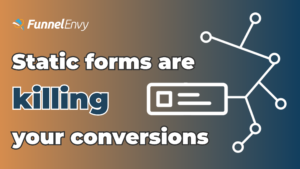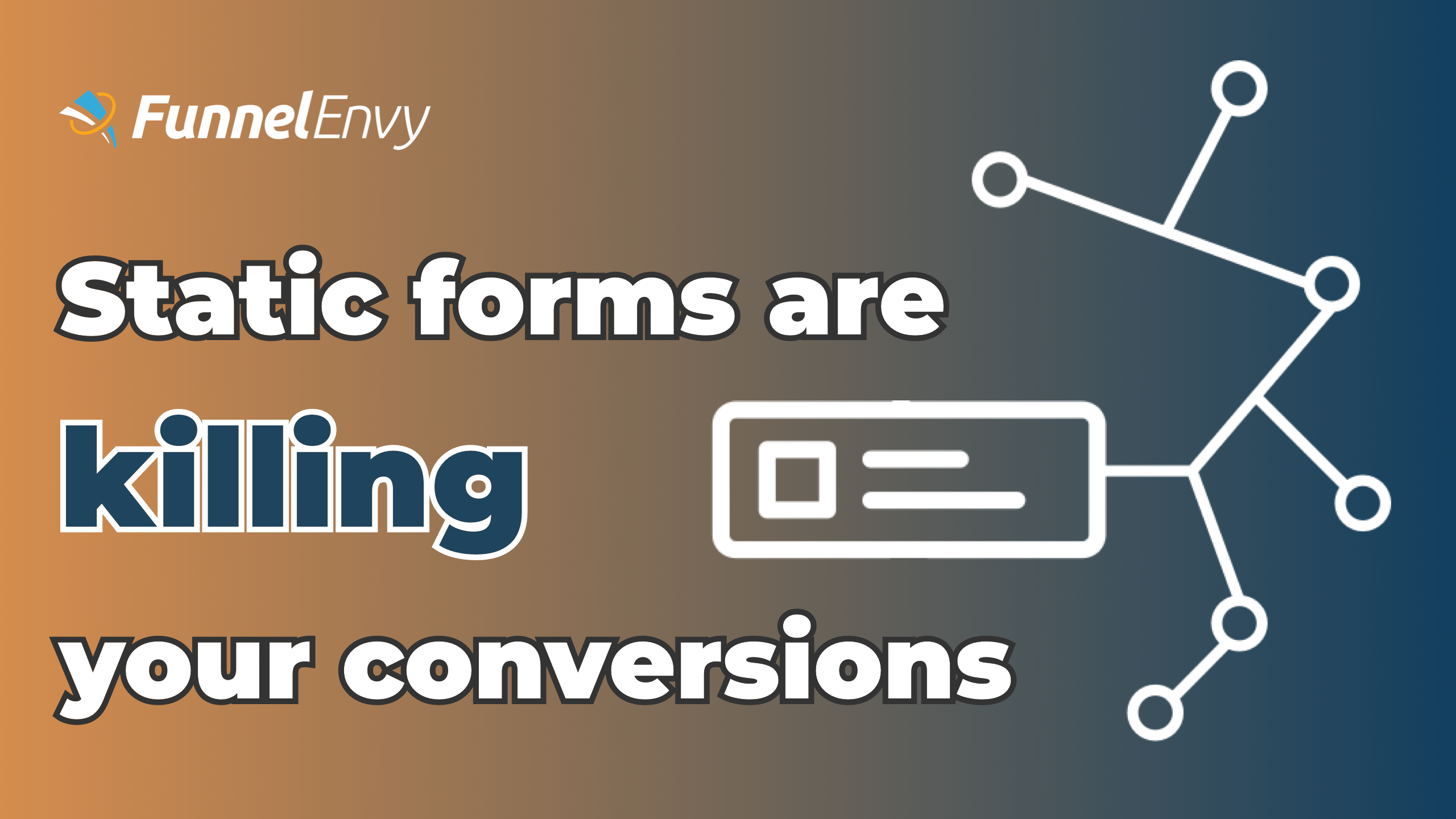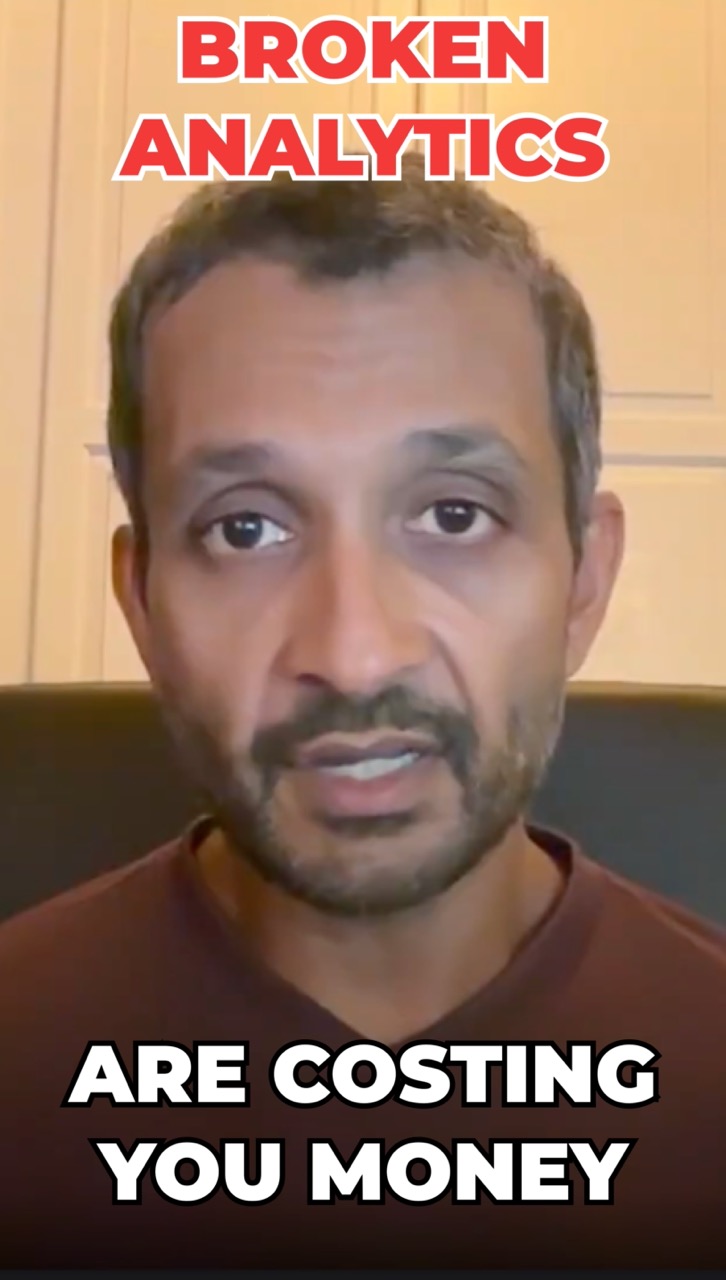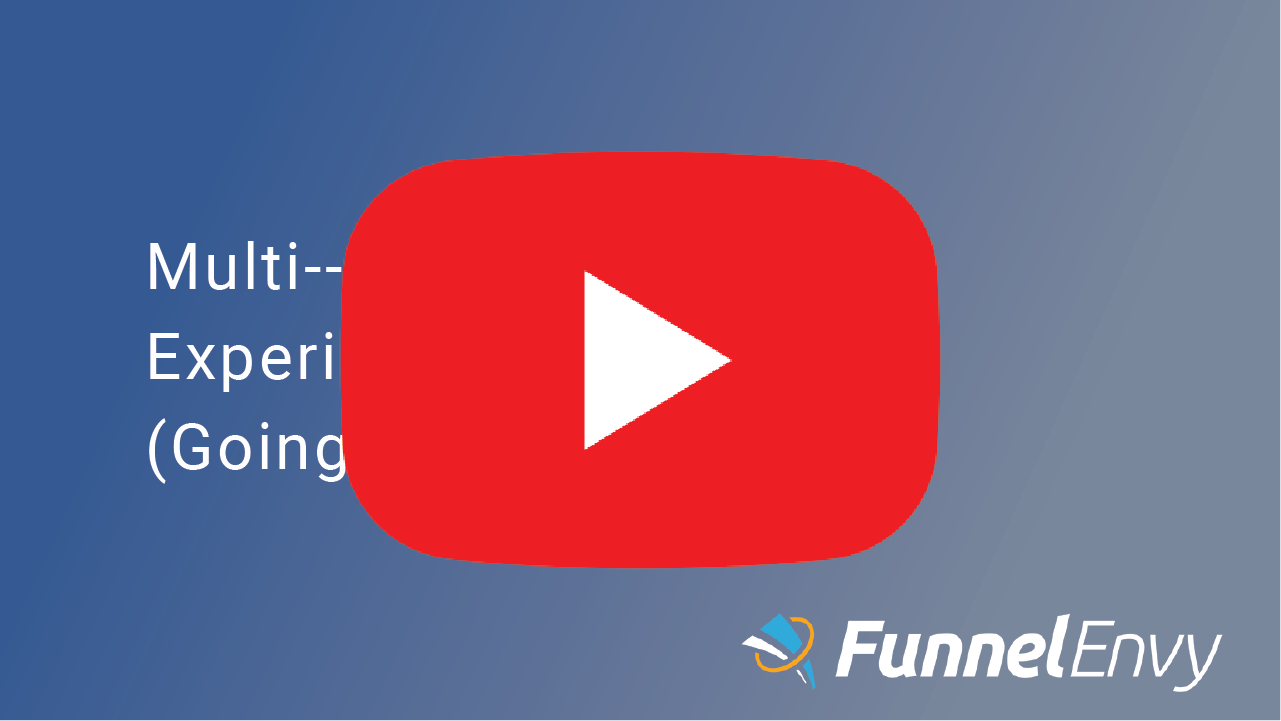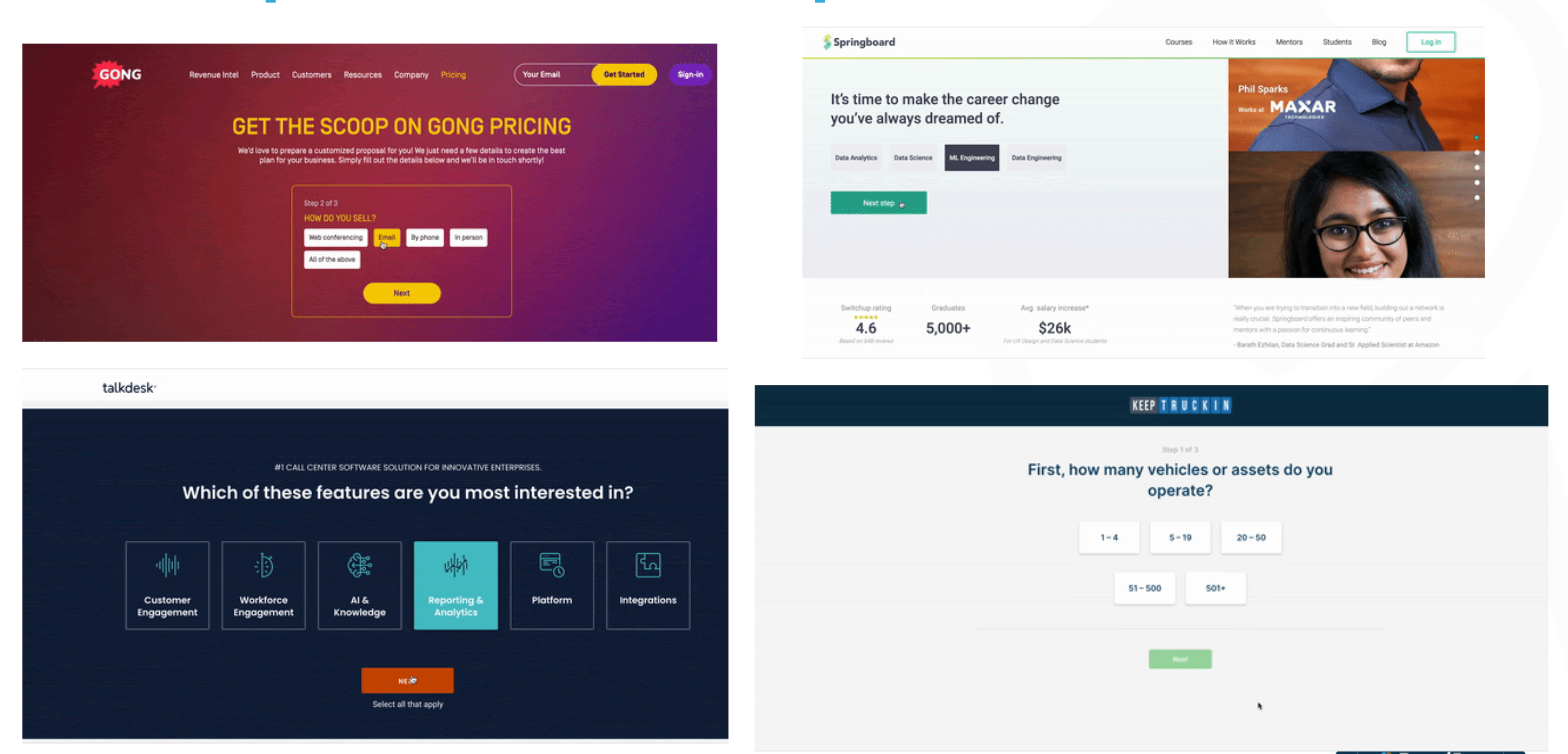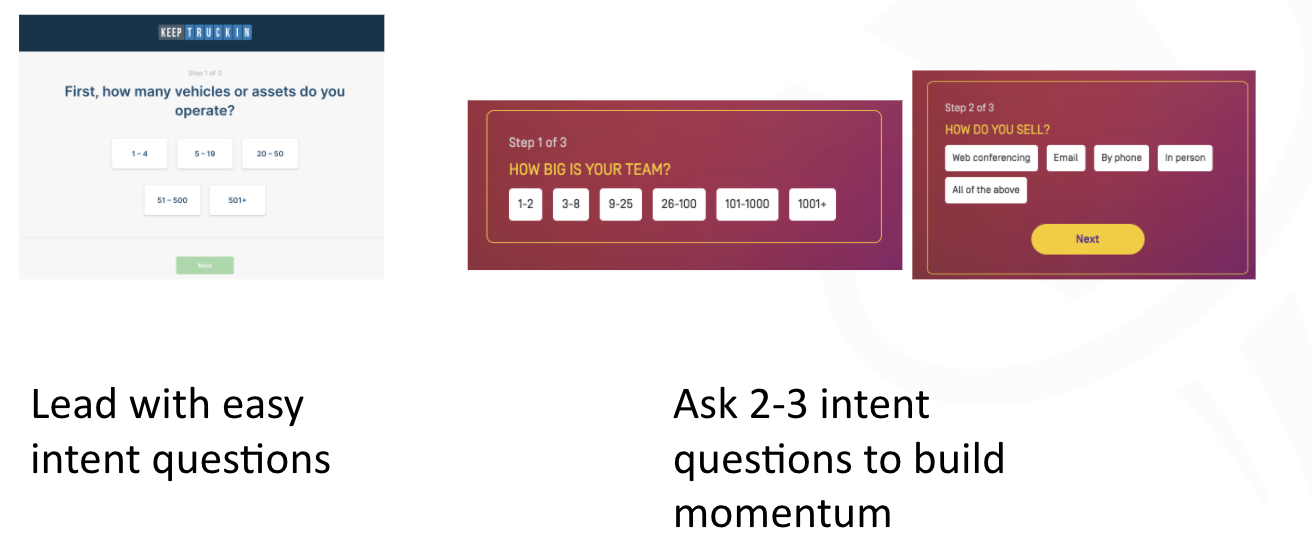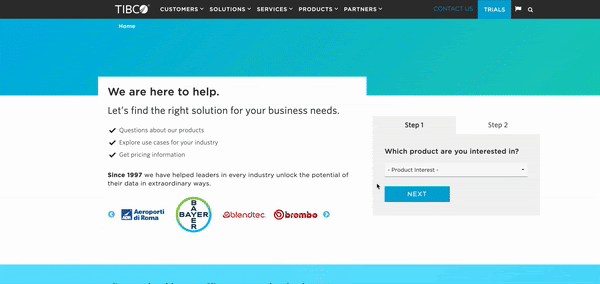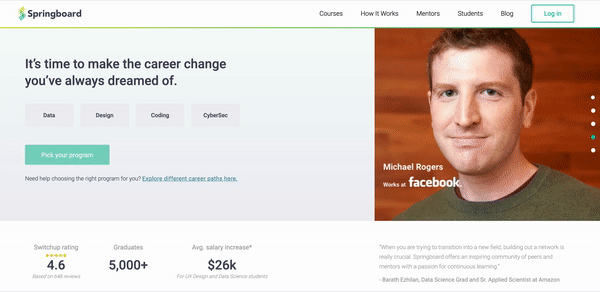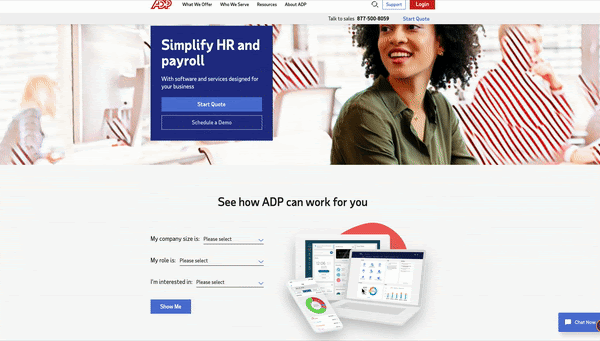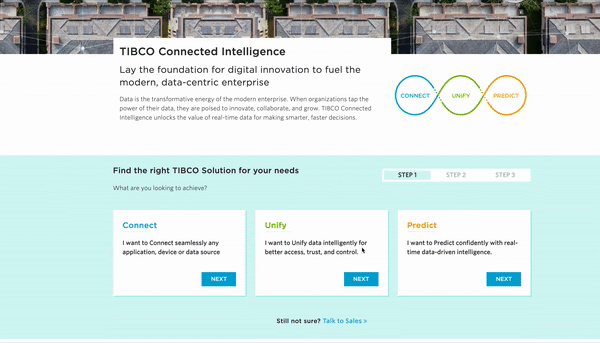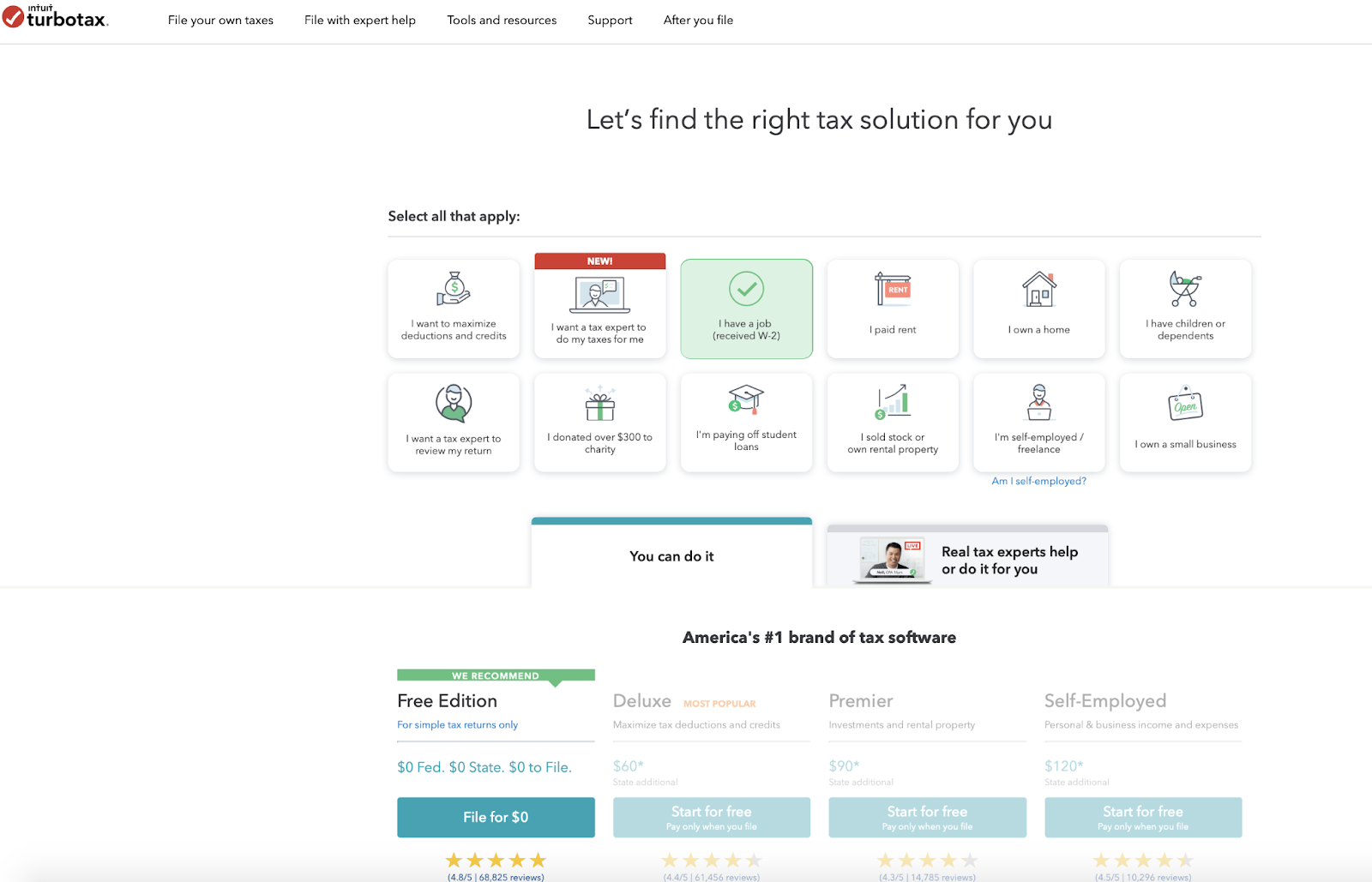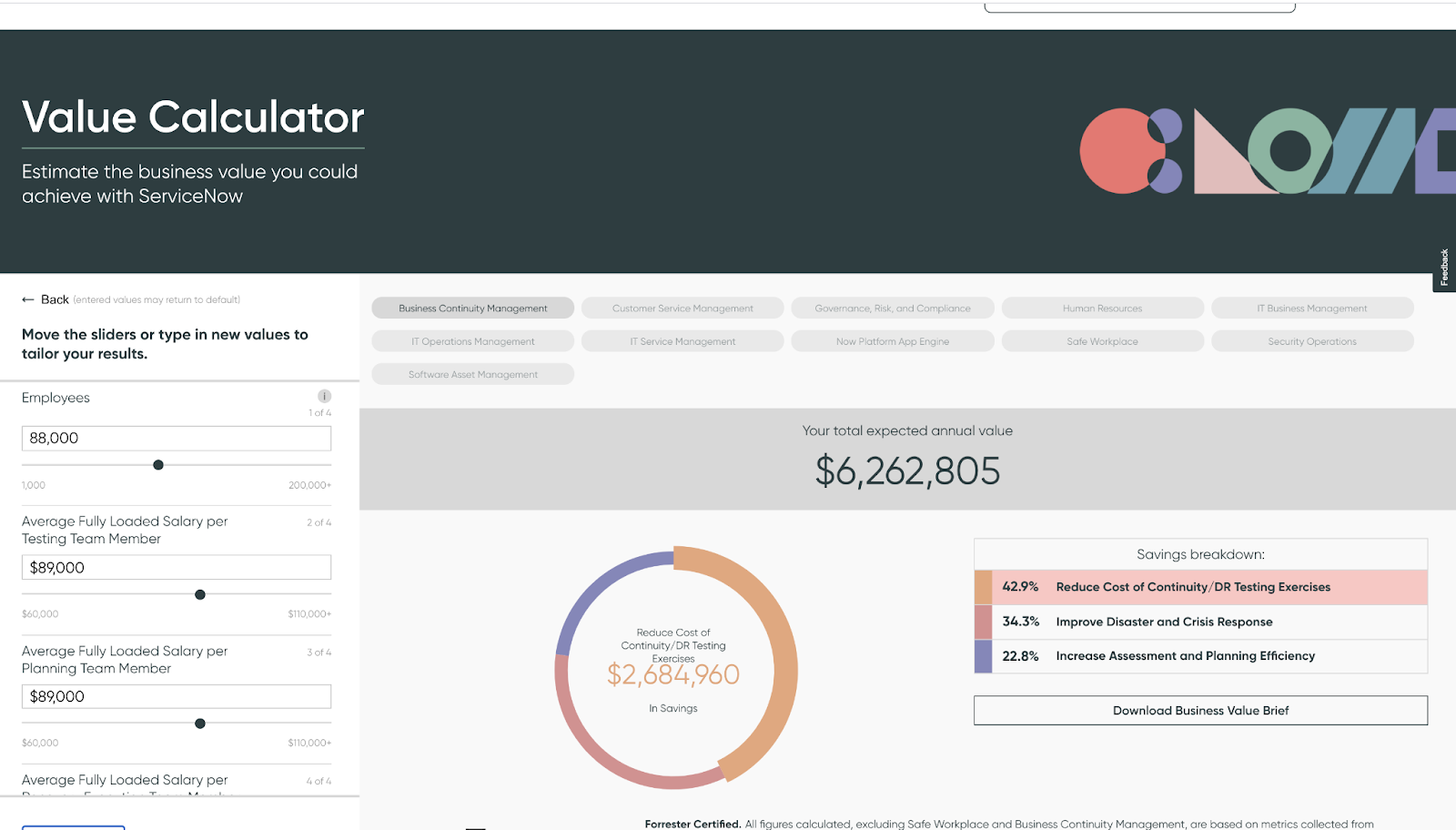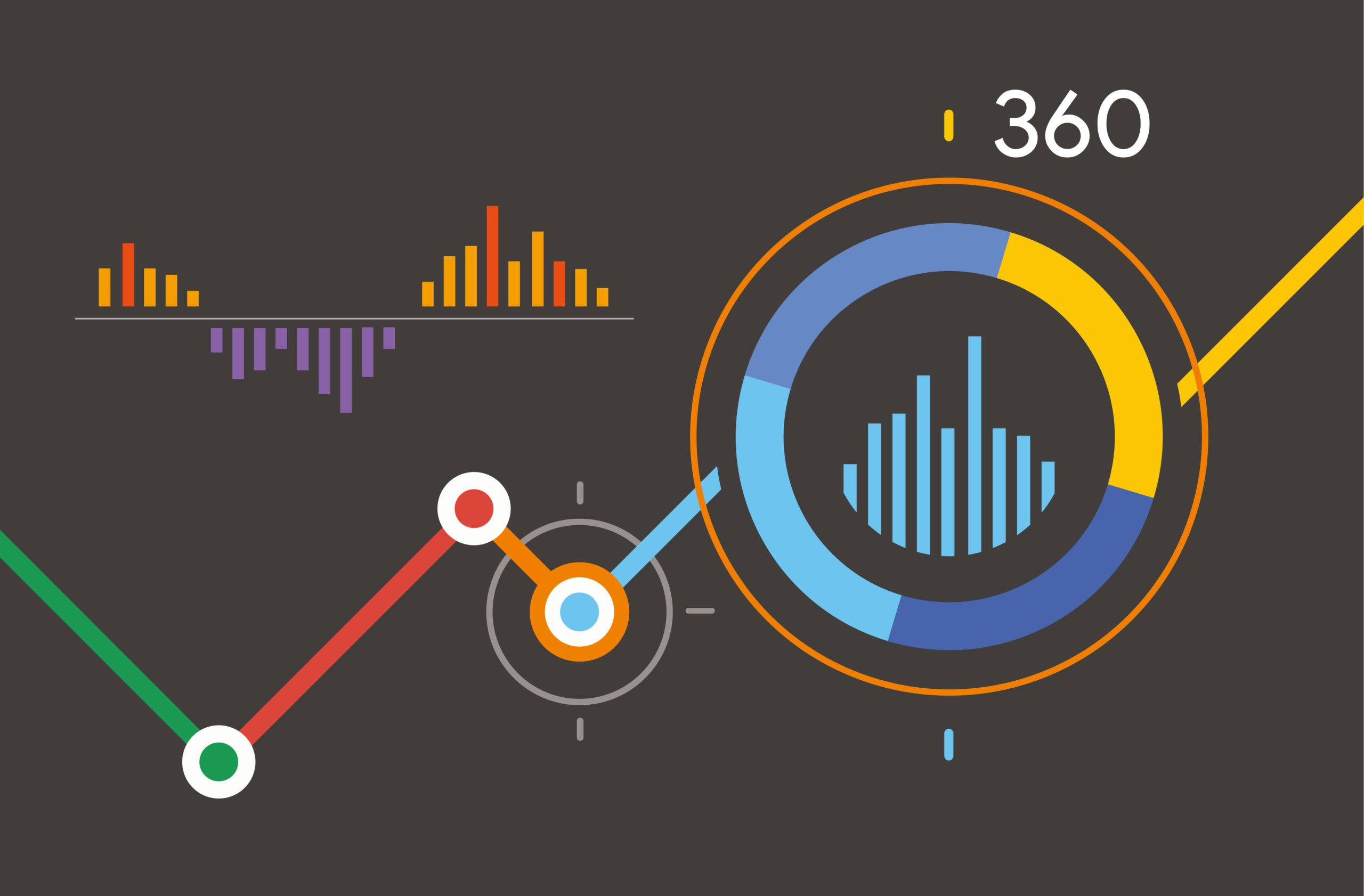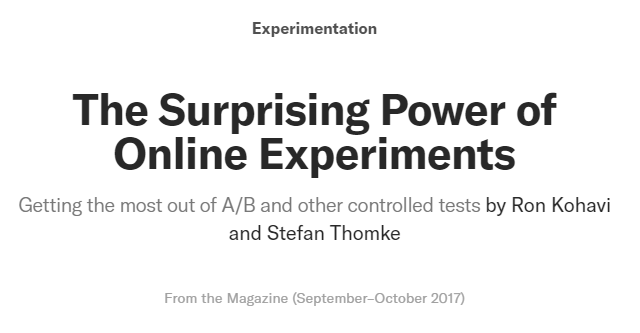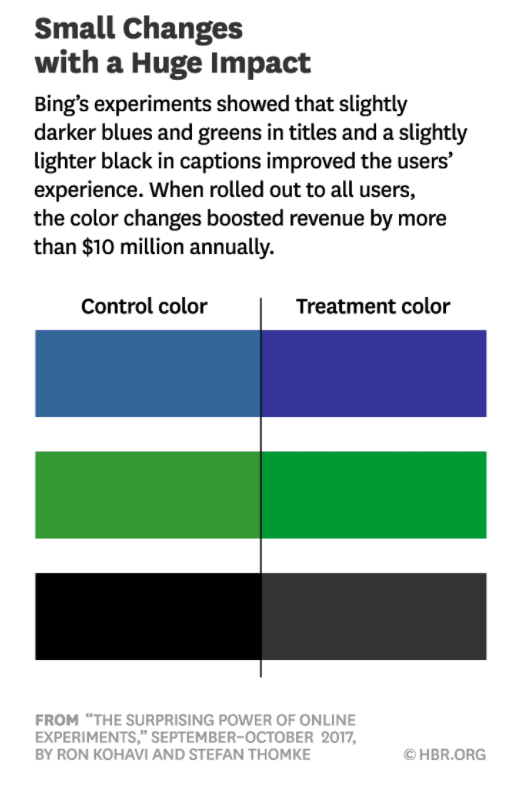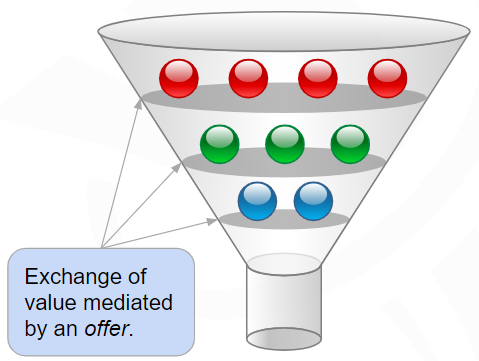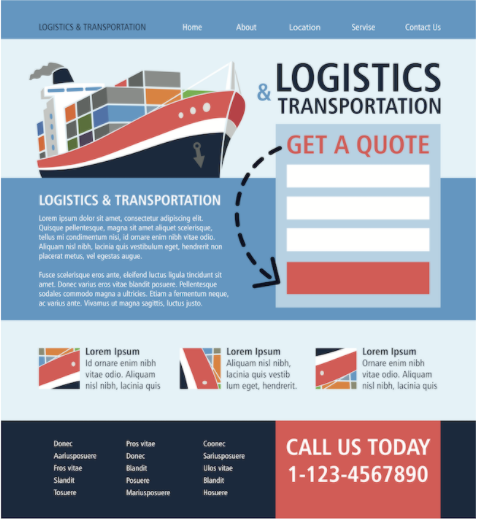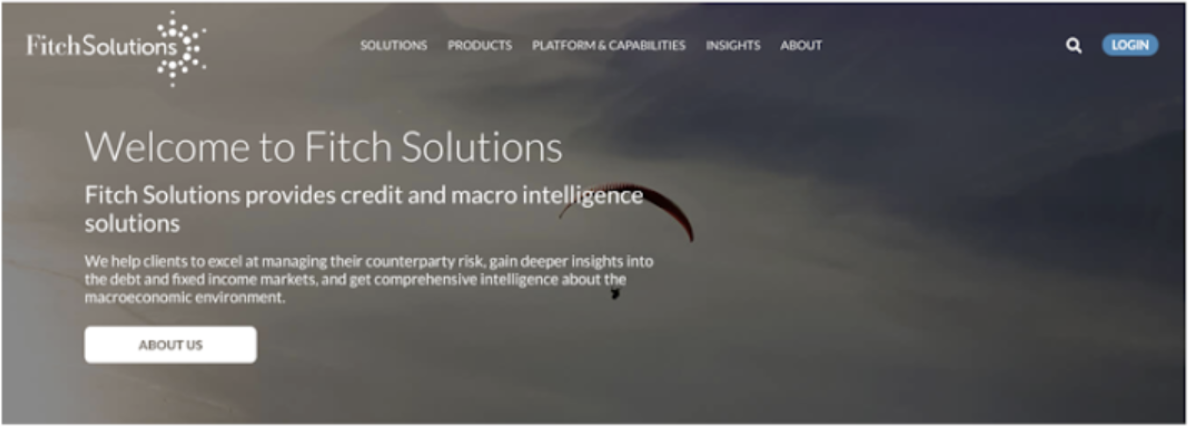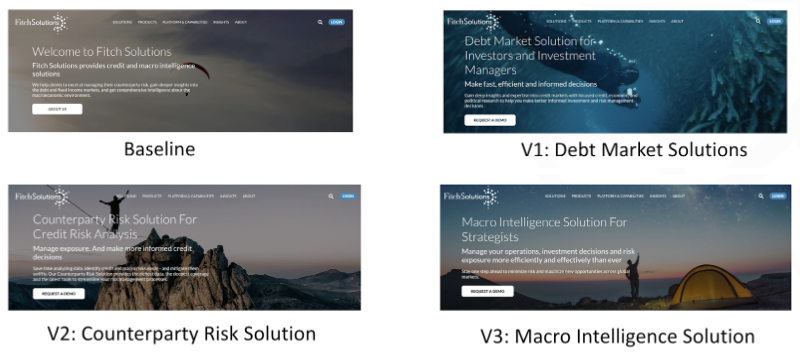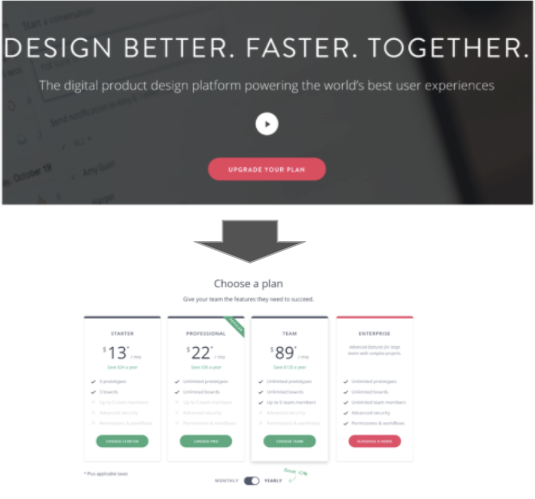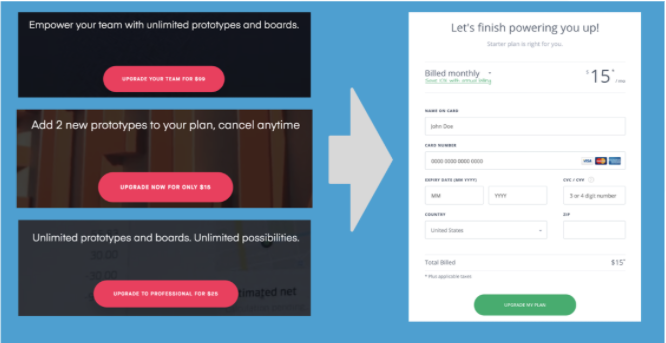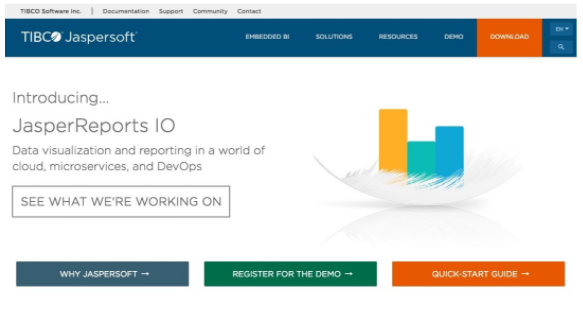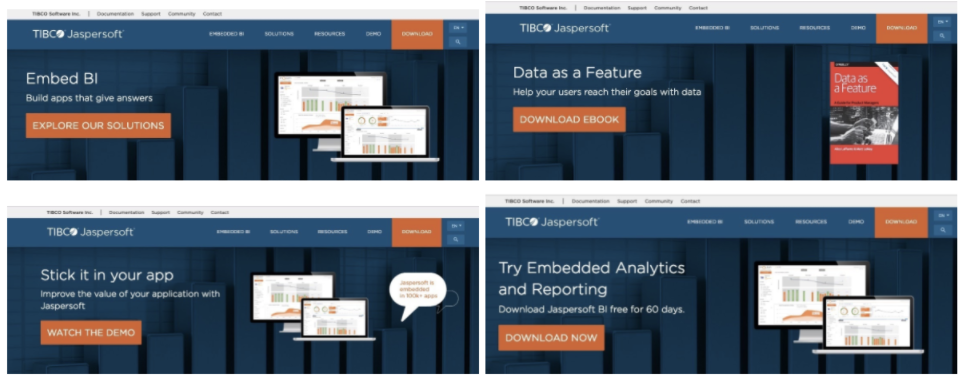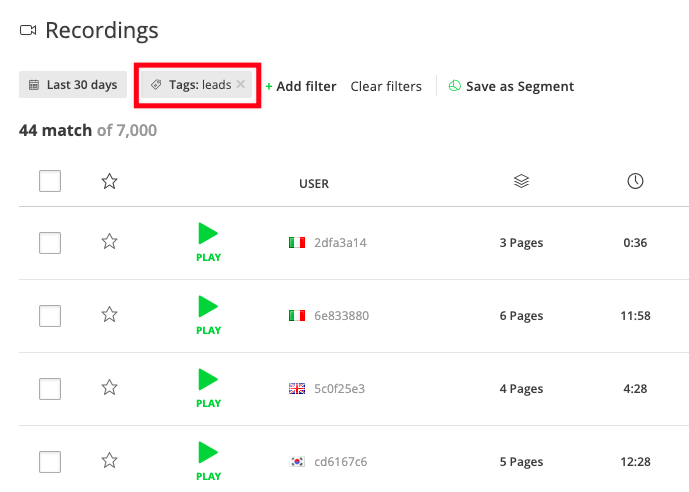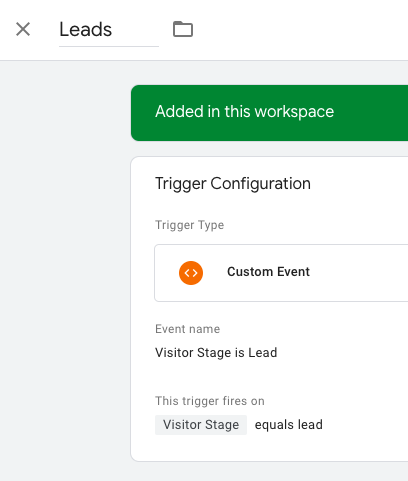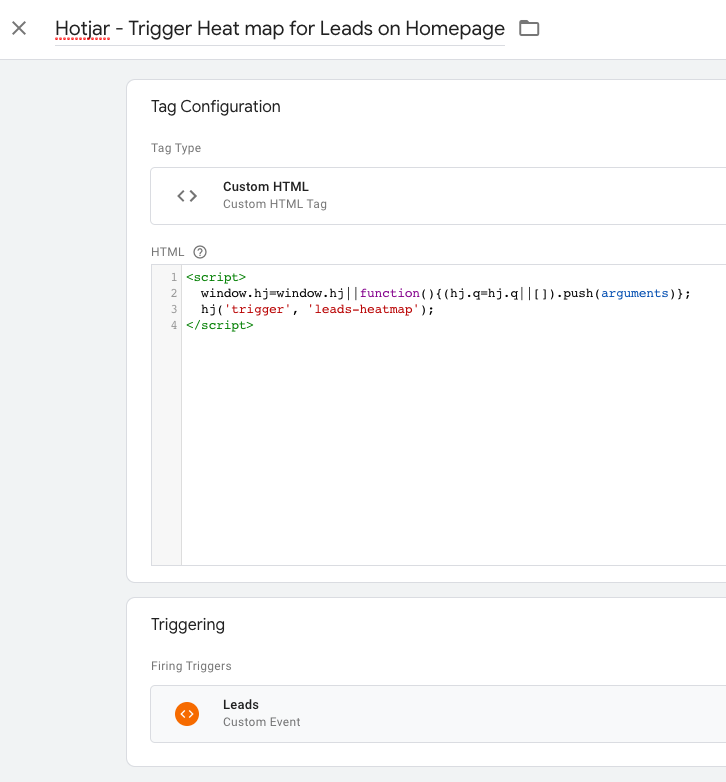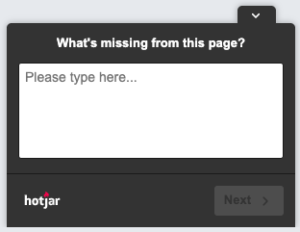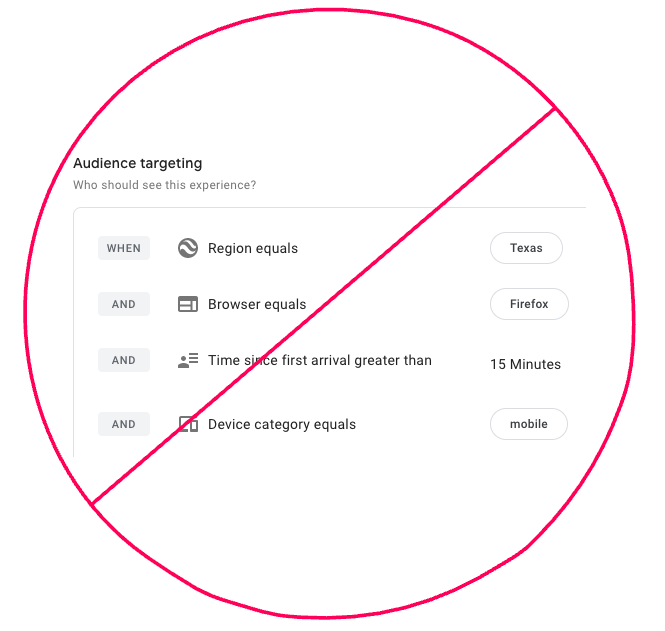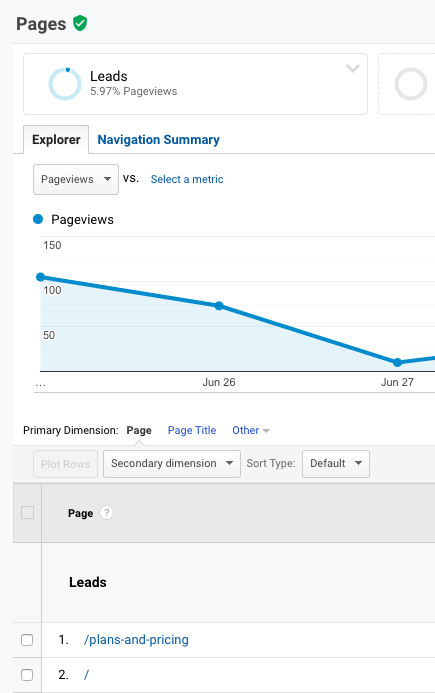Why PLG Routing Improves Conversions with Dynamic Forms
Static Forms Are Killing Your Conversions
If you’re using static forms, it might be time for a change. These traditional forms are ineffective in today’s marketing world, where personalization and data-driven decisions are essential for improving conversions.
In this post, we’ll highlight the importance of dynamic routing within forms, especially in the context of PLG (Product-Led Growth) strategies. This shift from sales-led approaches is crucial to converting the right users without relying on generic forms.
The Power of Dynamic Routing
Dynamic routing enables you to better qualify leads by asking relevant, targeted questions during the form process. By using dynamic logic, you can route leads based on their answers, ensuring the right follow-up based on their needs.
In this example, the form is structured to ask simple solution-type questions. Depending on the user’s responses, they are routed to different outcomes. This allows you to route high-value leads to priority actions, such as scheduling a meeting directly with the founder, while others can be sent to a product trial.
High-Value Leads Are Prioritized
With dynamic routing, you can identify and prioritize high-value leads more effectively. For example, if a user selects API as their interest, they are immediately directed to book a meeting with a key stakeholder, bypassing unnecessary sales steps. This method is incredibly efficient for high-quality leads and drives faster conversions.
Simplifying Lower-Quality Leads
Not all leads require the same level of attention. With PLG routing, leads that don’t need immediate sales interaction can be sent directly to a free trial or an onboarding experience. This reduces friction for leads that are ready to engage with your product without requiring heavy sales involvement.
The Playbook for B2B Lead Gen
This method of routing is just one example of how dynamic forms can significantly improve your lead qualification and conversion process. We’ve experimented with various patterns and uncovered a robust playbook for B2B and lead-generation websites.
For a deeper dive into our findings, be sure to watch the full video linked below.
Wrap-Up
As the industry shifts towards PLG strategies, adapting your lead qualification process with dynamic routing is essential. Not only does it optimize the user experience, but it also ensures you’re focusing your resources on high-value leads. By offering the right follow-up based on user responses, you can drastically improve conversion rates.

